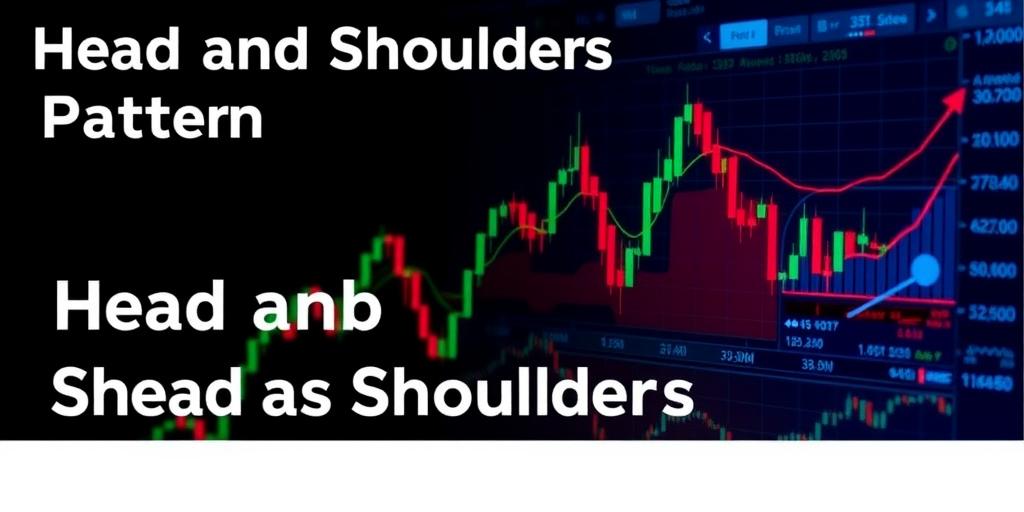The Head and Shoulders Pattern: Is It the Market's Psychological Turning Point?
In the world of technical analysis, chart patterns serve as visual representations of market psychology. Among these patterns, the Head and Shoulders pattern stands out as a significant indicator of potential trend reversals. This pattern, when identified correctly, can offer valuable insights into the market's changing sentiment, helping traders and investors make informed decisions.
Understanding the Head and Shoulders Pattern
The Head and Shoulders pattern is a bearish reversal pattern that, when formed, signals that an upward trend may be coming to an end. It consists of a left shoulder, a head, and a right shoulder, followed by a neckline. Here's a breakdown of each component:
- Left Shoulder: The price makes a high, followed by a decline.
- Head: The price rallies to a higher high than the left shoulder, then declines again.
- Right Shoulder: The price rallies again but fails to reach the height of the head, followed by another decline.
- Neckline: A trendline connecting the lows of the left shoulder and the head. It acts as a support level.
The pattern is confirmed when the price breaks below the neckline, suggesting that the upward trend has reversed, and a downtrend is likely to begin.
Identifying the Pattern
Identifying a Head and Shoulders pattern requires careful observation and analysis. Here are some key points to consider:
- Prior Trend: The pattern should form after a significant uptrend.
- Volume: Volume typically decreases as the pattern forms, with the highest volume usually seen during the formation of the left shoulder.
- Neckline Break: The break below the neckline should be decisive and accompanied by increased volume to confirm the pattern.
Psychological Significance
The Head and Shoulders pattern reflects a shift in market psychology from bullish to bearish. The left shoulder represents the initial enthusiasm of buyers, while the head indicates a peak in optimism. The right shoulder shows weakening buying pressure, and the break below the neckline confirms that sellers have taken control.
Trading Implications
Traders often use the Head and Shoulders pattern to identify potential shorting opportunities. Once the price breaks below the neckline, a typical target is the distance from the head to the neckline, projected downward from the breakout point. However, it's crucial to use other technical indicators and risk management strategies to confirm the trade.
Limitations
Like all technical analysis tools, the Head and Shoulders pattern is not foolproof. False signals can occur, and the pattern may not always result in a trend reversal. Therefore, it's essential to use the pattern in conjunction with other indicators and analysis techniques.
Conclusion
The Head and Shoulders pattern is a valuable tool for technical analysts, providing insights into potential trend reversals and shifts in market psychology. By understanding the pattern's components, identifying it correctly, and considering its limitations, traders and investors can enhance their decision-making process and navigate the market with greater confidence.









